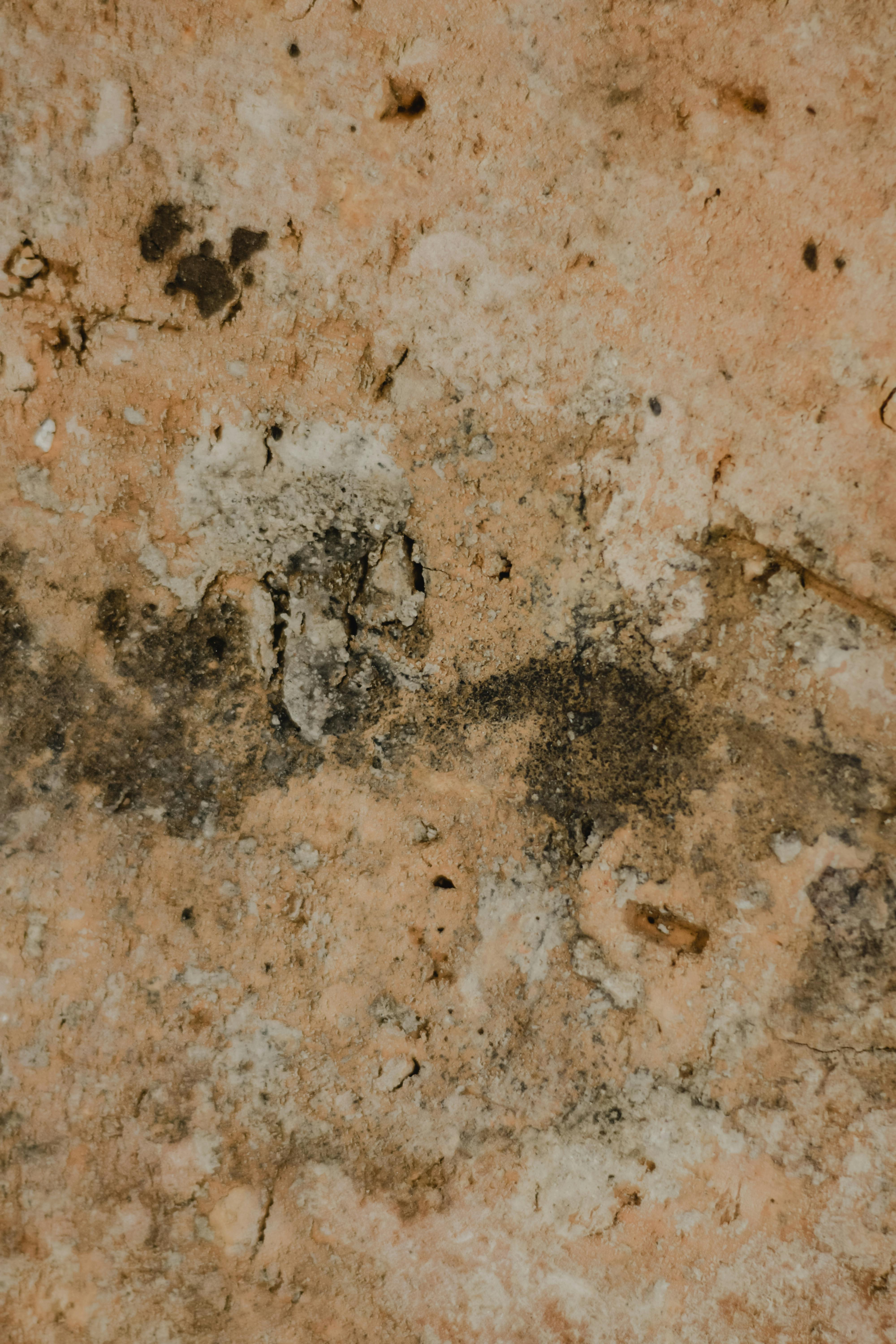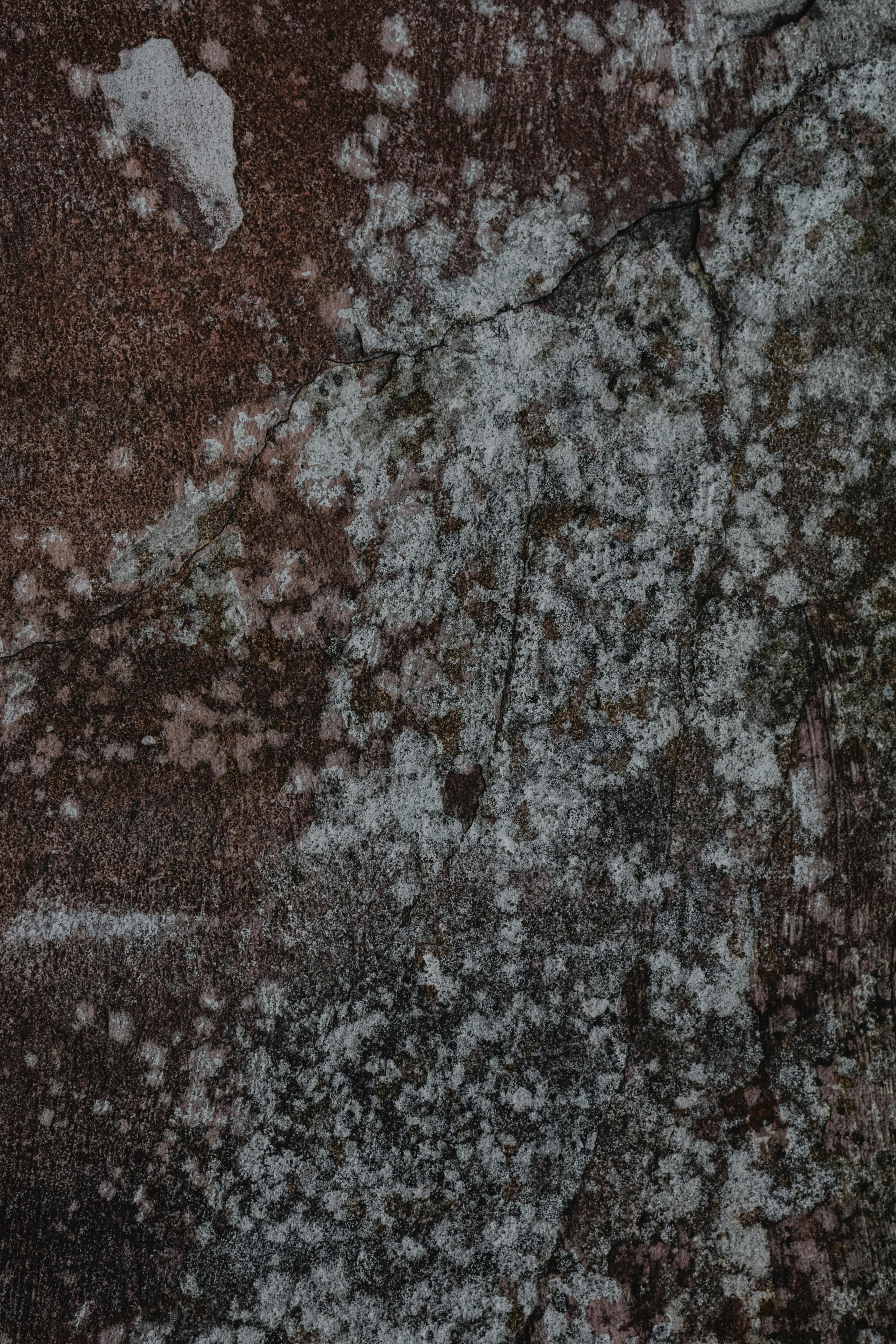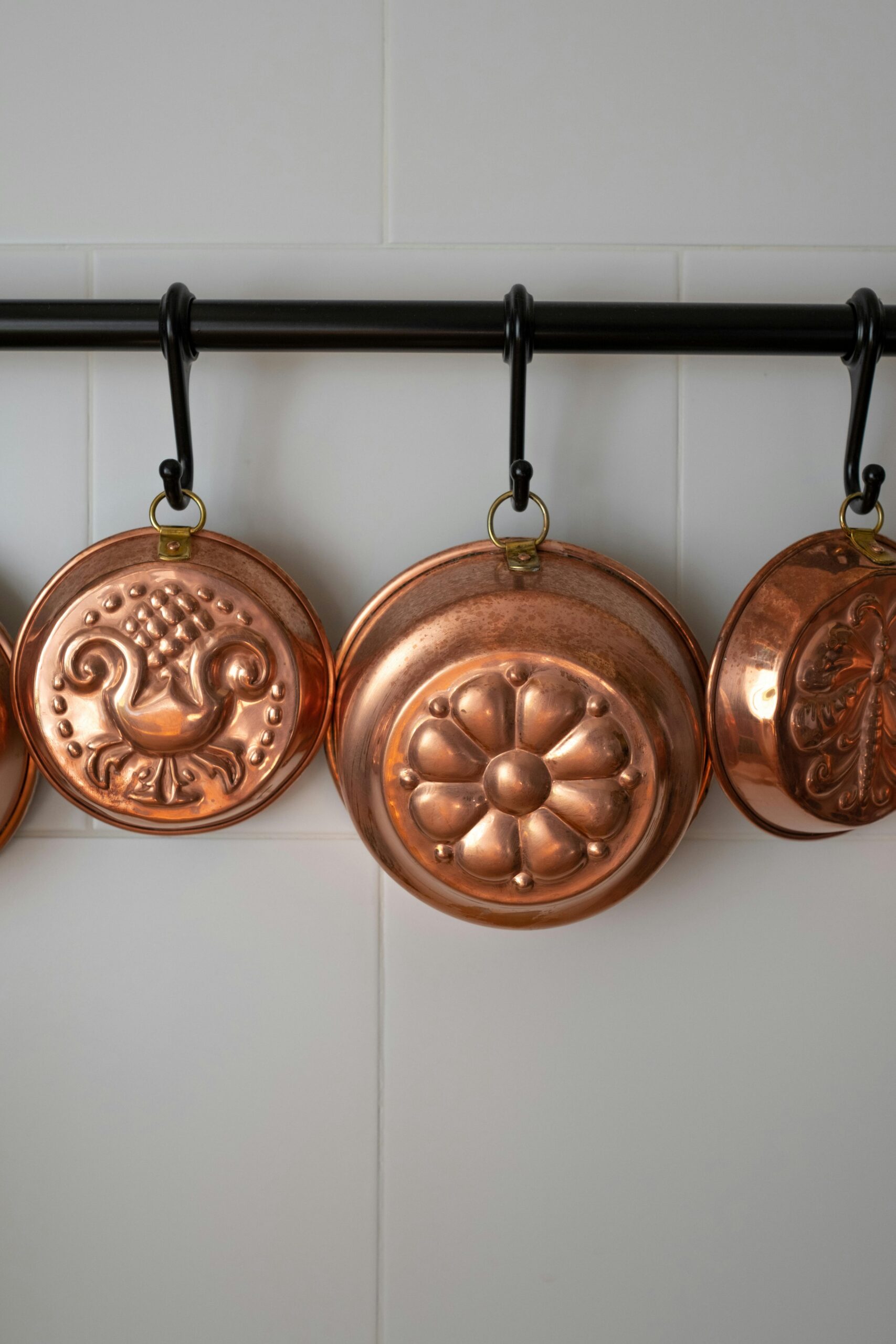Schimmel Wand: Understanding and Addressing Mold Issues
What is Schimmel Wand?
Schimmel wand, or mold on walls, is a common issue that many homeowners face. Mold typically thrives in damp, dark areas and can lead to serious health issues if not addressed promptly. It appears as discolored patches on walls, often black, green, or white, and is usually a sign of underlying moisture problems. Understanding the causes and types of mold is crucial in combating this issue effectively.
Common Causes of Mold Growth
The primary reason for the appearance of schimmel wand is excess moisture. This can be due to various factors, including water leaks, high humidity, and insufficient ventilation. For example, poorly insulated walls can trap moisture, creating ideal conditions for mold growth. Addressing these contributing factors is essential to prevent mold from returning. Identifying sources of moisture, such as broken pipes or faulty gutters, can help mitigate the problem before it escalates.
Identifying Different Types of Mold on Walls
Mold comes in several varieties, and understanding them can assist homeowners in taking appropriate action. The most common types of mold that manifest on walls are black mold, green mold, and white mold. Black mold, The most notorious, can cause serious health problems and requires professional remediation. On the other hand, white mold may appear benign but can indicate moisture issues that need attention. Familiarizing yourself with these types can help you address schimmel wand effectively.
Visual Indicators of Schimmel Wand
Detecting schimmel wand early can prevent further damage. Homeowners should look for discoloration, a musty smell, or peeling paint as indicators of mold presence. Images can be incredibly helpful in recognizing these signs. For instance, see the example below for a visual representation of common mold:

How to Remove Schimmel Wand
Removing schimmel wand involves a thorough cleaning process combined with preventive strategies. First and foremost, safety is key. Utilize proper protective gear such as masks and gloves while cleaning mold-infested areas.
Step-by-Step Mold Removal Process
To remove mold safely and effectively, follow these steps:
1. Identify the contaminated area and assess the extent of the mold growth.
2. Create a containment area to limit the spread of spores.
3. Use a mixture of water and detergent or a specialized mold cleaner to scrub the affected area gently.
4. Rinse with clean water and dry thoroughly.
5. Repair any underlying moisture sources to ensure it doesn’t recur.
This proactive approach can significantly reduce the chances of schimmel wand returning.
Using Natural Solutions for Mold Removal
Many homeowners prefer using natural remedies for mold removal. Ingredients like vinegar, baking soda, and hydrogen peroxide are effective options. For example, a solution of vinegar and water can penetrate porous surfaces while killing over 80% of mold species. Applying this mixture and allowing it to sit for several hours can help break down the mold on your walls naturally without harsh chemicals.
Importance of Proper Ventilation and Lighting
Once the mold has been cleaned, preventing its recurrence through proper ventilation and adequate lighting is essential. Improving air circulation can help keep moisture levels low, deterring mold growth. Consider using dehumidifiers in high-humidity areas, such as basements or bathrooms. Additionally, letting natural light into spaces can help inhibit mold development, as most mold thrives in dark environments.

Preventing Future Mold Issues
Taking steps to prevent mold growth is as crucial as removal. Implementing a schedule for maintaining your home can save you from dealing with schimmel wand in the future.
Regular Home Maintenance Tips
Routine checks for leaks in plumbing, roofs, and basements should be a priority. Keeping gutters clean and ensuring downspouts direct water away from the foundation can also minimize water intrusion. Moreover, ensuring that your bathroom and kitchen are well-ventilated can help keep humidity levels at bay, curbing the growth of mold.
Investing in Mold-Resistant Products
Another effective strategy is to invest in mold-resistant paints and materials, especially in areas prone to moisture like bathrooms or kitchens. Mold-resistant drywall and insulation can provide an additional layer of protection against schimmel wand, further reducing the risk of mold growth in your home.
Monitoring Humidity Levels
Keeping an eye on humidity levels within your home can significantly diminish mold probability. Ideally, indoor humidity levels should range from 30 to 50 percent. You can use hygrometers to monitor these levels and employ dehumidifiers as necessary. If humidity levels remain consistently high, you may want to investigate further ventilation solutions.
Summary of Key Insights
Addressing and preventing schimmel wand is a comprehensive process involving knowledge of mold types, effective removal strategies, and ongoing prevention techniques. Regular checks and maintenance, combined with understanding moisture sources, can safeguard your home from recurring mold issues. Invest in effective removal products, ensure proper ventilation, and monitor humidity levels to maintain a healthy living environment.
FAQ
1. What health problems are associated with mold exposure?
Exposure to schimmel wand can lead to various health issues, including respiratory problems, allergic reactions, and other serious conditions for individuals with compromised immune systems. Symptoms may include coughing, sneezing, skin irritation, and asthma flare-ups.
2. How can I tell if mold is inside my walls?
Signs of mold inside walls can include musty odors, discoloration on the surface, and peeling or bubbling paint. If you notice consistent humidity and these visual signs, it’s essential to investigate further, potentially cutting holes in drywall to inspect for mold growth.
3. Can I remove mold myself, or should I hire a professional?
While minor mold infestations can often be handled by homeowners, extensive mold problems or mold that poses health risks typically require professional remediation. It’s crucial to evaluate the situation and consider a professional service if the mold is widespread or serious.
4. Is it safe to paint over mold?
Painters should never paint over schimmel wand. Doing so may trap moisture beneath the paint, leading to further mold development. Always fully remove mold before considering repainting to protect your investment and health.
5. What type of products works best for mold removal?
Effective mold removal products include commercial cleaners containing bleach or specialized mold removal solutions. Additionally, household ingredients like vinegar and baking soda are also safe and effective choices for smaller infestations.
